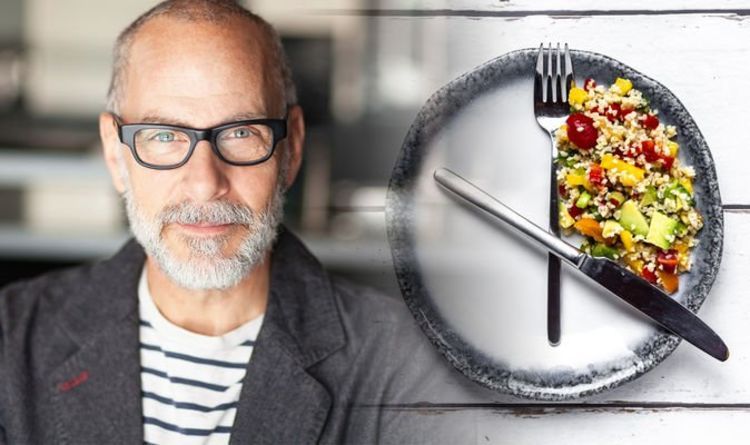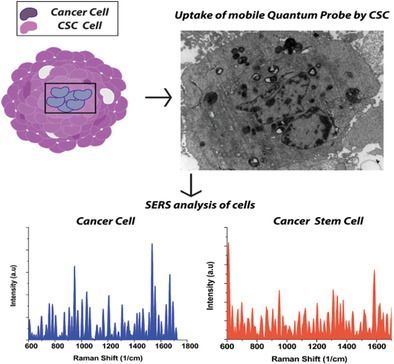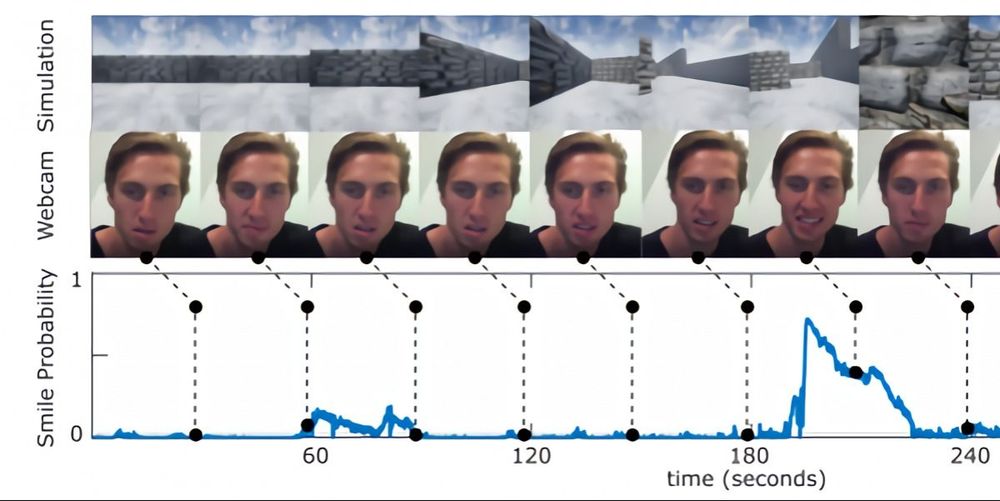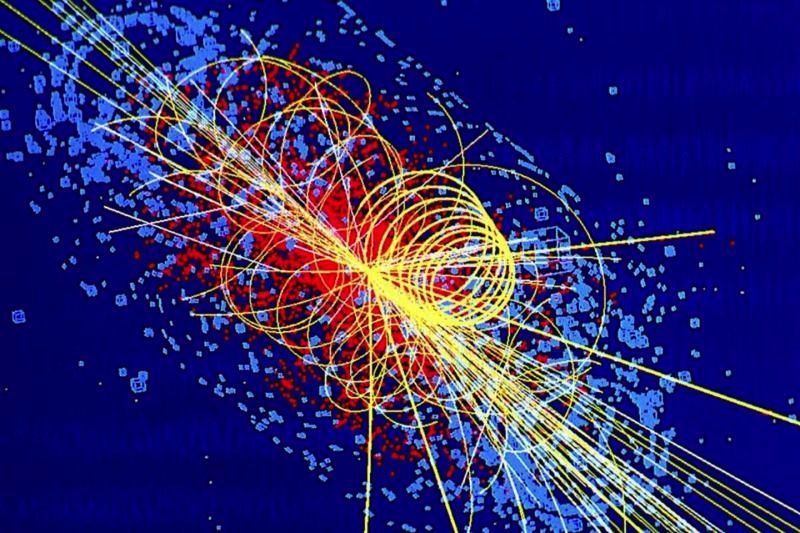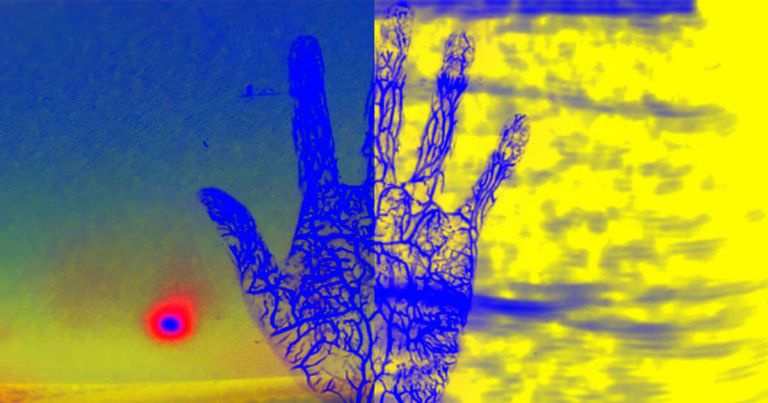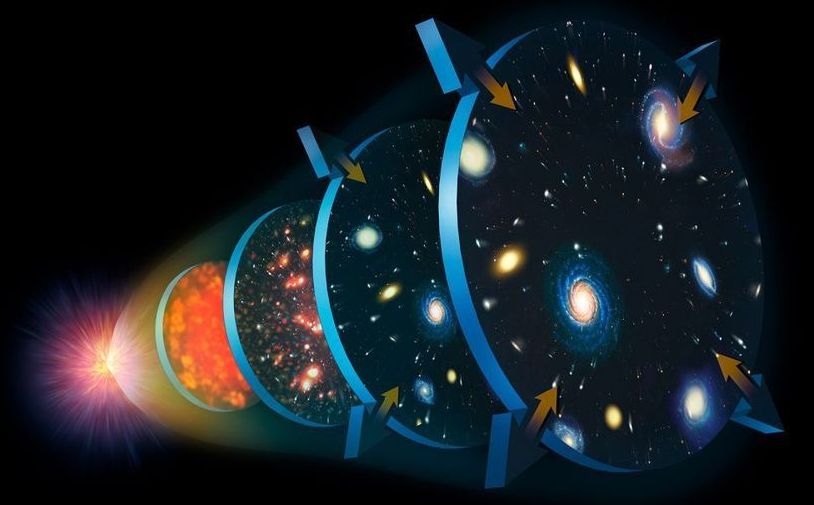HOW TO live longer: The food people eat can have an impact on life expectancy, but a new study has suggested eating at certain times of the day provides the most life-boosting benefits.
Cancer stem cells (CSC) are believed to be the driving force of cancer metastases and are a rare population of self‐renewing cells that contribute majorly to the poor outcomes of cancer therapy. The detection of CSC is of utmost importance to shed light on the indestructible nature of certain solid tumors and their metastatic ability. However, tumors tend to harbor CSCs in a specialized niche, making the detection process difficult. Currently, there is no method available to detect CSCs. The significance of this work is twofold. First, to the best of the knowledge, it is the first time that the detection of CSC is demonstrated. This approach simultaneously detects both the phenotypic and the metabolic state of the cell, thus enabling universal detection of CSC with high accuracy. Second, to the best of the knowledge, for the first time, light is shed on cell chemistry of CSC in their dedicated niche to facilitate a better understanding of the key players involved in the metabolic rewiring of CSC. This work will enable a better understanding of the fundamentals of CSCs, which are critical for the early diagnosis of cancer and the development of therapies for the cure of cancer.
Microsoft researchers propose an approach to training AI that uses smiles as a reward signal. They say it achieves superior efficiency.
A Stanford University professor whose research helped underpin the U.S. Democrats’ Green New Deal says phasing out fossil fuels and running the entire world on clean energy would pay for itself in under seven years.
As the decade closes, we look at the science stories that made the biggest splash over the past 10 years.
Scientists have developed a system of lasers that can probe inside the human body, much like an ultrasound, but from a distance.
The system can accurately image what’s going on inside a person’s body up to a depth of about six centimeters, according to an MIT press release. While that may not seem like much, it’s still an important first step in removing physical contact from ultrasound scans, as that can sometimes introduce variability in a doctor’s readings.
The system, described in research published in the journal Light: Science & Applications on Friday, uses two lasers: one to generate sound waves that bounce around inside the patient’s body, and the second to detect them as they reflect back.
So, what can businesses do to address this? A big part of the answer lies in emerging technologies such as artificial intelligence (AI) and automation, which will drive new ways of securing the cloud in 2020 and beyond.
